I am currently trying to "hack" my way through a door lock, whose PCB cannot be changed. The task is to replace the motor for turning the cylinder with a Solid State Relay.
However, the only contacts available are the ones of the motor itself. Some kind of motor driver (not readable because small part & conformal coating) powers the motor for 200 ms using a positive voltage (+1.5 V), then does nothing for 5 s until it powers the motor with negative voltage (-1.5 V) to turn it back into start position. The motor appears to be isolated from P Power and GND of the PCB itself.
What I want to do - instead of powering the motor - is powering an SSR with the same contacts (desoldering the motor and put some circuitry in, that will eventually trigger the SSR from the positive pulse until the negative pulse appears).
I also have a 4,5 V Supply on the board, which is to be used to power the extra circuitry and trigger the SSR.
Here's a graph to visualize it better:
As you can see, what I want to do is similar to a basic on/off push button toggle switch turning on at the first toggle and turning off at the second toggle.
This would not be a problem to realize using a 555 timer as a Schmitt trigger like this:
However, the 555 is not meant to work with negative pulses (or is it?).
I'd appreciate your help, since I am fairly new in the electronics world.
